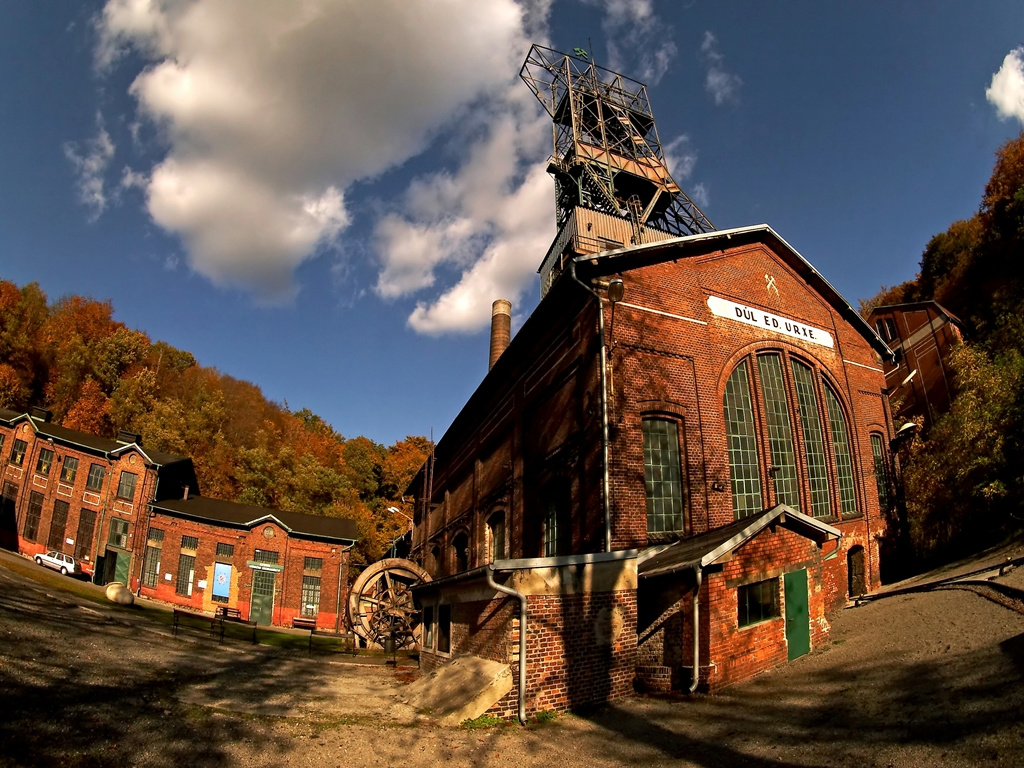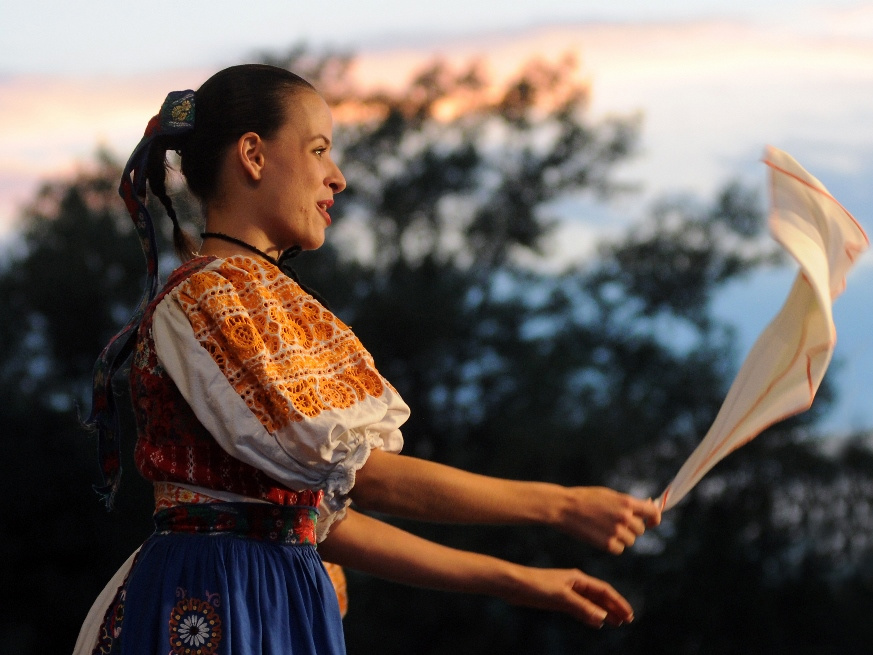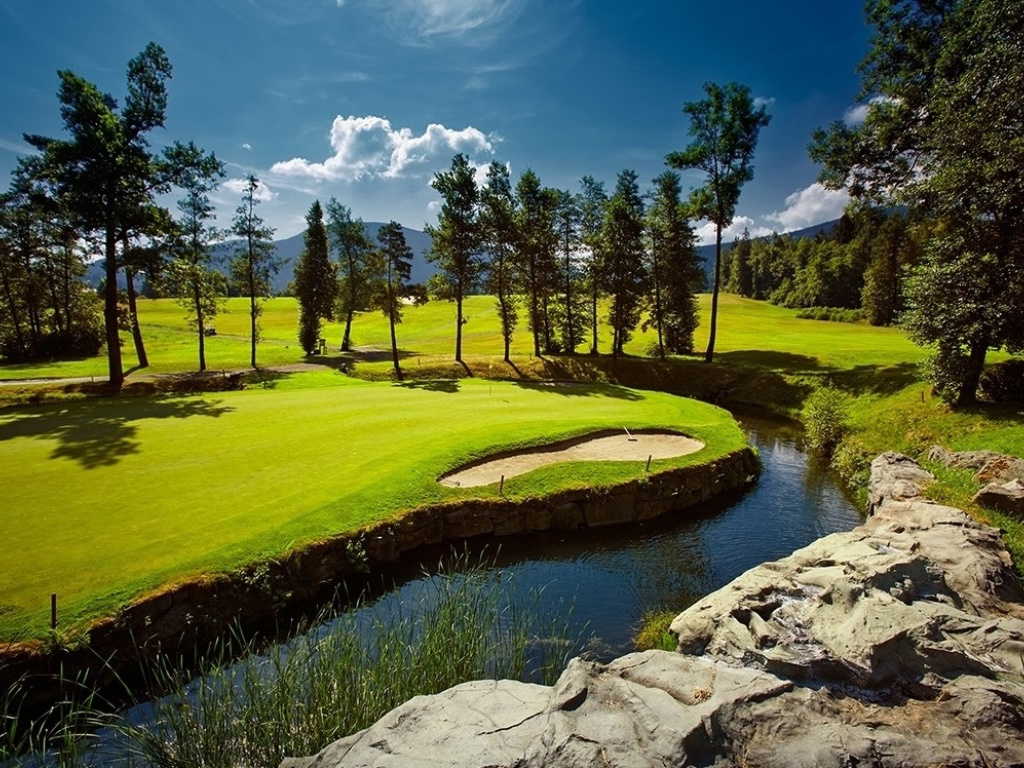Discover
A feast for all the senses
Do you need tips on how to make your event / conference / teambuilding special? Thanks to the accompanying educational program! Here are some tips on what to do in Ostrava and our region. There are many options, it depends on the time options of the program and your area of interest.
HERITAGE AND TRADITION
The Region’s history reaches back to prehistoric times. The oldest traces of settlement have been found at the Šipka cave in Štramberk, where people sheltered over 32 000 years ago. Several millennia later, on Ostrava’s Landek hill, mammoth-hunters carved a rare stone statue of a Venus-type fertility goddess. During the Middle Ages, the Region was bisected by the Amber Road, a major European trade route linking the Baltic and the Mediterranean. Walled towns and majestic castles date from this era. Once a sleepy market town, Ostrava’s face was changed forever by the discovery of coal in the 18th century. The city became one of Europe’s foremost industrial powerhouses, known for its iron, steel and coal production.
An important part of our heritage are the many famous people who have lived and worked here. The founder of psychoanalysis Sigmund Freud, the teacher and writer Comenius, the biologist Gregor Mendel (who discovered genetics), the composer Leoš Janáček, the author and naturalist Joy Adamson (author of Born Free), or the tennis legend Ivan Lendl – plus influential 19th and 20th-century architects such as Leopold Bauer and Josef Olbrich. These and many more people have all left their traces on the Region, and you can still follow in their footsteps today.
ARCHITECTURE
Castles and chateaux
The Region is packed with castles and chateaux. Some of the castles are now ruined, but their massive walls and towers are still hugely atmospheric. The Hukvaldy castle (dating back to the 13th century) is one of the largest ruins in the country, while the Sovinec castle is a venue for popular medieval-style festivals. Among the Region’s elegant chateaux are Hradec nad Moravicí – where Beethoven and Liszt both gave concerts – and Raduň with its picturesque park, perfect for a relaxing stroll. For more castles and chateaux.
Industrial and technical heritage
One of Europe’s most-visited industrial heritage sites is Dolní Vítkovice, a historic former ironworks complex in the heart of Ostrava. Ostrava also boasts two former coal mines that are now visitor attractions – the Michal Mine (with a guided tour route through the authentically preserved mine buildings) and Landek Park (where the mining museum includes an underground section). Another popular attraction is the group of 1930s border fortifications in Darkovičky. The Jeseníky Mountains also have a rich technical heritage: in Třemešná there is a narrow-gauge steam railway, while the Dlouhé Stráně hydro power plant is a breathtaking example of modern technology. See here for more details about technical monuments.
Folk architecture and churches
If you want to travel back in time and see how people used to live in small villages, one of the most popular attractions of this type is the Wallachian Open-Air Museum in Rožnov pod Radhoštěm – a true “living museum” that hosts a plethora of events all year round. Folk motifs inspired the work of architect Dušan Jurkovič, whose distinctive wooden buildings can be found throughout the Region (including a viewing tower in Rožnov and the Libušín and Maměnka buildings on the summit of Pustevny mountain). The Region also boasts a wealth of beautiful churches – detailed in a new guide to religious buildings in the Region (only in Czech and Polish versions).
Urban architecture
Two-metre-high metal birds with slowly rotating heads, and eyes that glow in the dark… it’s not a scene from a horror film, but reality! These statues of birds on Opava’s Ptačí Vrch (“Bird Hill”), created by sculptor Kurt Gebauer, are a popular local attraction. Or you can visit the small town of Fulnek – the beautifully preserved “Baroque pearl” of the Region. More information about architecture.
MUSEUMS, GALLERIES
In our museums you can discover the Region’s fascinating history and present day, and learn about the lives of local people who have changed the way we live and local products that have conquered the world. The Tatra Technical Museum in Kopřivnice displays a complete range of historic vehicles made by local manufacturer Tatra. The town of Nový Jičín – renowned as a hat-making centre – has a fascinating museum of this age-old craft. Opava is home to the oldest museum in the country (the Silesian Provincial Museum), while Ostrava’s Gallery of Fine Arts ranks among the top five Czech galleries.
The Region is also a hotbed of science. Ostrava is home to a huge Science and Technology Centre, packed with fun interactive displays where you can try out science for yourself, and there is also a fascinating planetarium for star-gazing. More on museums and galleries here.
UNRIVALLED RELAXATION
The Moravian-Silesian Region is a spa paradise – historic spa resorts continue this wonderful Central European tradition, and you can also visit a range of modern wellness centres. Truly a treat for all the senses.
Czech spas have a long tradition, and are renowned throughout the world. One of the Region’s most atmospheric traditional spas – Karlova Studánka – is the highest spa resort in the Czech Republic (over 700 metres above sea level) and has the cleanest air in the entire country. Other spas not to miss are the Klimkovice Sanatorium, just 10 kilometres from Ostrava, and the Darkov spa with its healing iodine-bromine water – which has been used to treat patients here since the 13th century.
Beer is a huge part of Czech culture – but we don’t just drink it, we even bathe in it. The Region’s popular beer spas are a wonderful way to relax and regenerate, even if you don’t drink at all!
More on spas and wellness centres →.
FOOD AND DRINK
The Moravian-Silesian Region is packed with great places to eat and drink. Most restaurants offer a chance to sample Czech cuisine, often including some delicious regional specialities. Often these delicacies have an intriguing story attached – such as the “Štramberk ears”, an ear-shaped gingerbread cone that apparently dates back to the Middle Ages, or the “Miners’ Flag”, a combination of a black herbal spirit and a mint-flavoured green spirit which form two distinct layers in the glass (black and green are the traditional colours of the mining profession here). Where to eat and drink?
Of course, no visit to the Czech Republic would be complete without sampling our world-famous beer. Besides two major breweries whose amber nectar is sold in many different countries (Ostravar and Radegast), the Region also has a host of microbreweries producing outstanding local beers. You can burn off some of the calories by walking or cycling the Beskydy Beer Route, which takes in several local breweries. And you must make time for the St Wenceslas Festival, with tastings offered by dozens of microbreweries from the Region.
CONTACT US and we will prepare an incentive programme of your interest.




